A belated Chinese new year to everyone, and sincere wishes that the year of the dragon be a year of good tea for all of you!
I spent my new year in Portland, OR, which is more or less a caricature of what one might think of as a hippie northwest city. It’s a wonderful place, if you don’t mind the six months of rain in the winter, and the scenery is truly beautiful, as is true of pretty much the entire northwest coast.
It also is the home to some famous, mainstream tea companies, most notably Tazo, Stash, and the Tao of Tea. The city’s offering in better, higher end teas, however, is a bit disappointing, at least from what I have found previously and given the context. I’ve visited a few teahouses in the city, all pretty mediocre, and nothing too interesting beyond what you might find in any run of the mill teahouse in the US. Given the concentration of tea companies in Portland, you’d think there will be more, better tea in this city, of all places.
Running a tea blog, however, has its perks, and one of them is that you get in touch with all sorts of people who lurk and who will let you know they’re in a certain place once you’ve gotten to know them. So while I was in Portland I met up with Abx, whose blog is defunct but who is still drinking tea, at a place called Serenity Arts. The shop is not much – it is located in the same building as an Asian market, and the decor is what you’d expect in a place like that. However, it has that all-important ingredient to the making of a good teahouse – an owner who cares about what she’s drinking.
I met up with Abx at the store, where he clearly knows the owner fairly well. They were already drinking, but since I hadn’t eaten yet, we had a quick meal at the pretty decent Korean restaurant next door (Portland is full of good Korean places) before going back for some tea. The store can’t really be said to specialize in any particular type of tea, and given its location and clientele, it’s probably difficult to do so, but the owner does seem to take some care in sourcing her stuff, and some of the teas that they sell are things that are harder to find in the US normally – loose, aged puerh (raw and cooked), some pretty decent dancong, etc. Despite its location, or perhaps because of it, it offers up goods that you might not be able to find in one of the more famous places in the city, at prices more reasonable than others.
We must’ve had at least half a dozen tea, while chatting with the owner who was brewing the whole time and some of the other clients who dropped in and out. It is clear, having sat there for a few hours, that the store has good tea from time to time. However, they are not offered generally, but rather sold to familiar clients who are willing (and able) to pay the higher prices that such teas demand. What I liked about it though is that she generally refrained from any overt sales pitch, or overly flowery language in describing a tea. I appreciate the no-nonsense approach to drinking tea, and if I were living in Portland, I can see myself going to this store often.
As I was starting to think about leaving, the owner picked up a ziploc bag with some dark leaves in it, and said she’d brew this one – a 1960s liu’an, she claims, that was given to her by some relative or other. I was initially skeptical, since these claims of old tea are often questionable, but once she brewed it, it was pretty clear that this is a spectacular tea – fragrant, lively, still retaining the freshness of the liu’an base of green tea, while having added on a heavy dose of the aged tea taste that is typical of this genre. Oftentimes liu’an can be quite plain and boring, but this one is anything but. We probably drank 15 rounds of it, and the tea was not at all giving up yet. I had to go, but didn’t really want to.
So if you ever go to Portland and want to fish for some tea, stop by here. Abx also told me that there’s a new place that opened recently, but I thought Serenity Arts might have more interesting things. I think I was probably right.


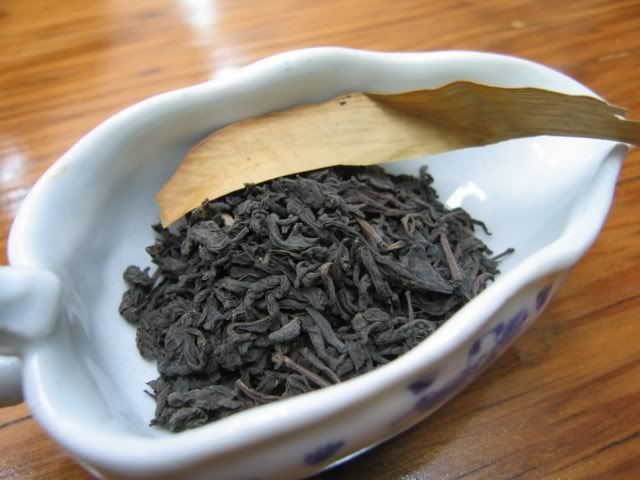
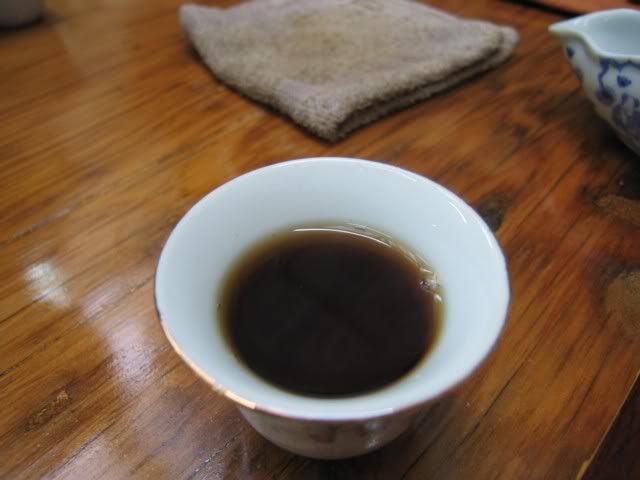
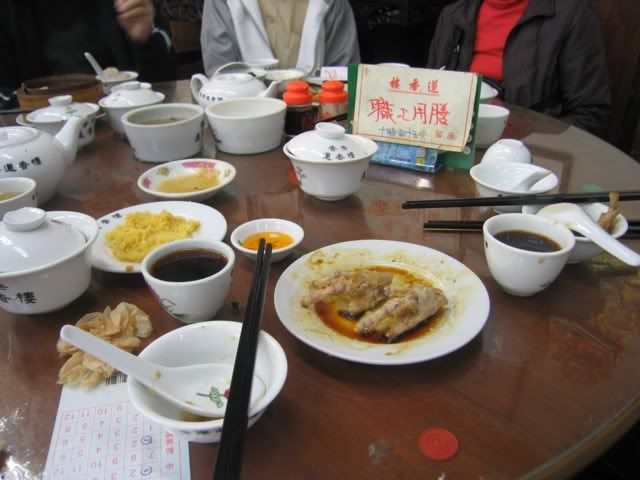
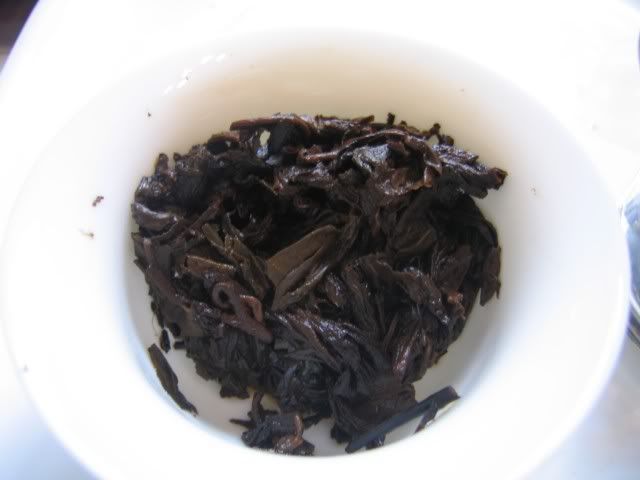
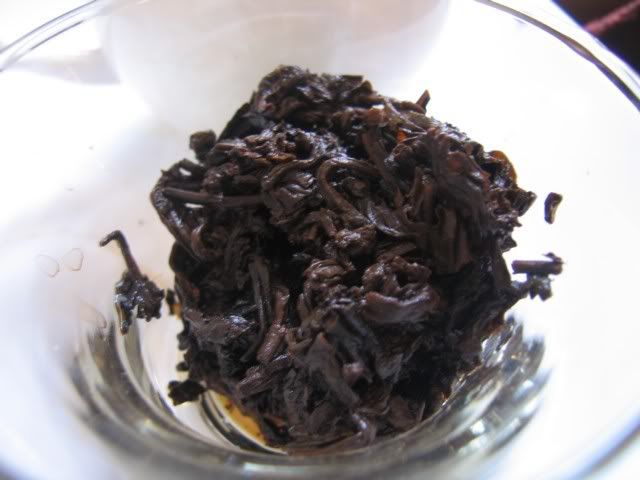
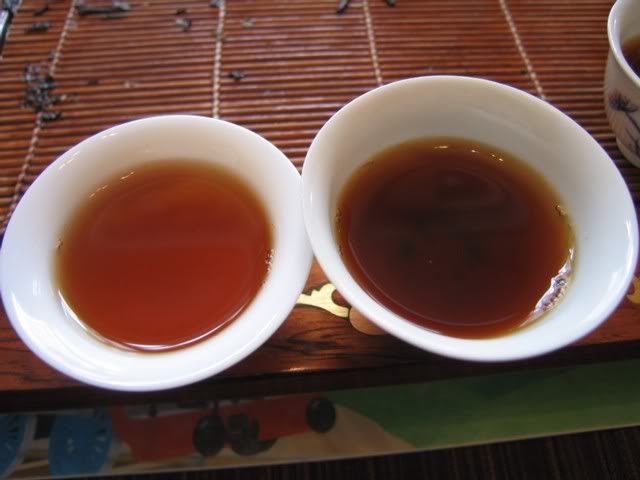
 RSS - Posts
RSS - Posts
I took you at your suggestion and have been reading some of your old post-Covid posts. I haven’t been to…